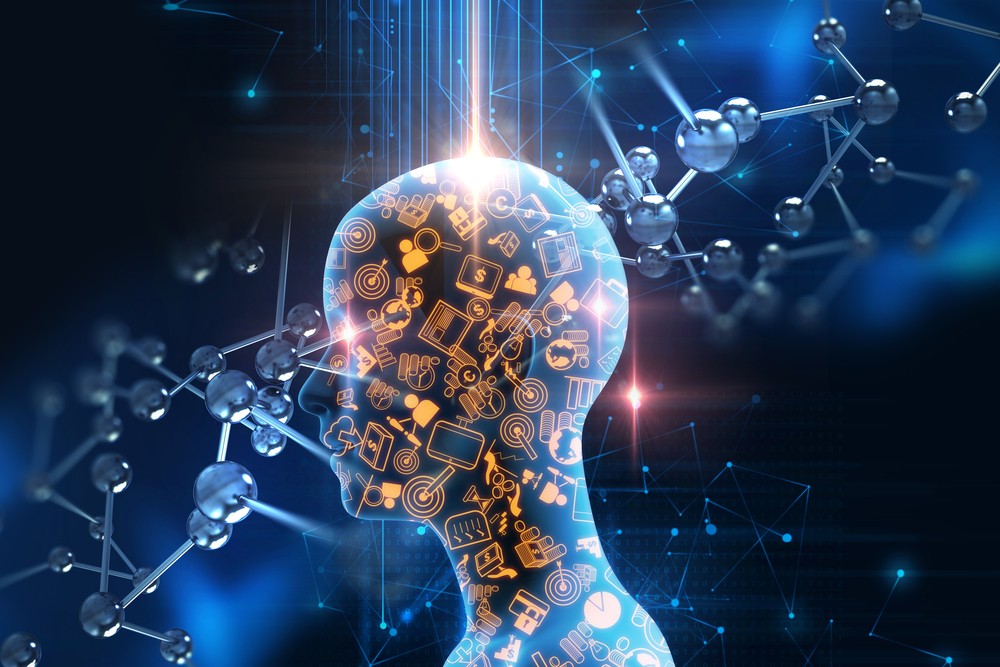According to the World Economic Forum’s Global Risk Report, automation – accelerated by COVID-19 – may displace 85 million jobs in the next five years. The report went on to warn that accelerating automation could even damage our efforts to build a digitally inclusive society, thus reinforcing the suspicion that automation may not be a force for good or improve lives as is often promised.
Perhaps the reality lies somewhere in between: automation is at its best when we put human needs at the heart of innovation - using technology as an enabler to improve society and create value. Then with creativity and ingenuity that’s focused on behavioural change, we can use the technology as an enabling tool to create new value. And it is only through clear demonstration of this value that we can try to mitigate against the fear that automation exists simply to eliminate jobs.
Making the case for automation
Alex Garland, writer and director of fiction AI film, Ex-Machina put it best when he said: “any major breakthrough, whether nuclear power or industrial revolution, contains latent danger and latent benefit, but it’s up to us how we contain that.” The same can be applied to technology.
When automation revolutionised the textile industry, new industries and jobs were created. Today, we engage with AI when talking to chatbots while we shop or pay our bills. And while chatbots have replaced call centre agents, help can now be offered to more clients around the clock and in many languages. For employees, the use of chatbots can create new and higher-value roles, such as those working with data to develop new customer offerings and support. This evidenced by a 2020 report by The World Economic Forum forecasted forecasting an upsurge in global AI jobs, with new jobs per 10,000 opportunities jumping from 78 to 123 by 2022.
When viewed through this lens, automation presents opportunities, but there is a need for organisations and governments to help employees and citizens understand what automation might mean for them and to slowly build trust. Organisations can be instrumental in this process, leading the way with strong change management programmes and investment into upskilling and reskilling.
The role of the organisation
It is critical for organisations to communicate what the re-imagined future looks like before adopting these technologies. The ‘why’ and the future benefits needs highlighting at the very beginning of the change journey. Too often, the story is lost in IT or marketing reports. After all, our behaviours inform the technology we use at work, and after time, the technology we use informs our behaviours in turn. Only with that understanding, can organisations begin to overcome the
barrier to trust, and how they carefully navigate this change journey is vital to mitigate disruption to society.
Here, organisations must recognise that the role of the Chief Digital Officer is a key one to take responsibility for the vision of a re-imagined future with new technologies and communicating its impact to the workforce.
The solution is bionic
It might feel impossible to design and implement new technology, but a bionic approach changes this. Bionic combines the best of human expertise, data and technology to create a resilient organisation that’s able to take advantage of technology - in an ethical way - and win in the new reality.
Of course, this kind of planning is easier said than done: technology changes in significant ways every six to twelve months – and realising how those changes will impact ways of working and society is a key strategic function of businesses.
Think of all of all the emerging technologies: Robotic Process Automation, the Internet of Things and Artificial Intelligence (AI). For organisations to adopt, design, implement and operate these technologies requires new talent and updated skills. They need people who can use these technologies to develop new areas of value for the business – an act that will subsequently create additional new roles and bring in yet more people.
Clearly businesses need to take a more human-centred design approach to their services and products. Any strategy must be built on a blend of human expertise and technology capabilities. This is something that only comes from clear strategy and purpose, one that creates a roadmap to an outcome via a connective tissue of people and IT. This is bionic approach is the backbone of future success – one that allows an organisation to response to change and uncertainty quickly, and, ultimately, to grow.
Aligning ambitions and driving change
The responsibility to ensure automation benefits employees and society at large, in a safe but effective way, sits with governments and businesses.
While at a grassroots level, digital literacy in schools is largely happening in the developed world but it also important for emerging countries to counter the digital divide. Business and governments, for example, could work together to better support education systems across all parts of the world, ensuring future generations are taught how to harness continually evolving technology and be energised by its potential to create new societal value. For those entering the workforce, the case for automation should be based on the tangible returns for business, employees and society.
Yet those already within the organisations must not be left behind, Investment in digital upskilling and reskilling, training, all while communicating the benefits of technology and automation consistently is vital. Not only will this help to build trust, but also ensures that the benefits of technology are realised and risks mitigated.
When automation does inevitably render jobs redundant, businesses should never lose sight of the human factor, being ready to step in and re-skill employees in new areas. Indeed, we suggest that the future roadmap of an organisation should look not only at shareholder value, but employee and societal value driven by human-centric design thinking.





